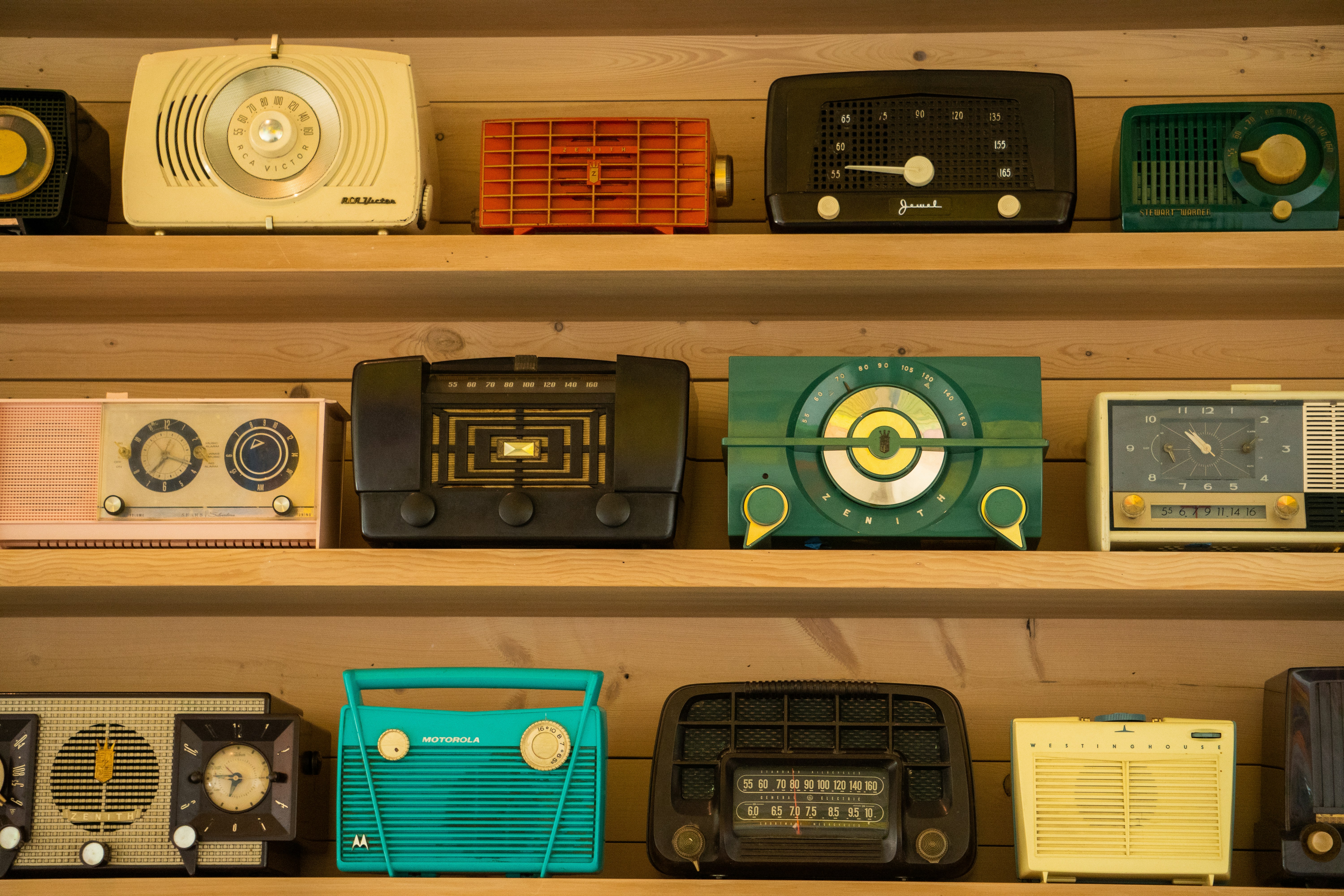
Antique Radios in Popular Culture: Their Impact on Entertainment

Antique Radios in Popular Culture: Their Impact on Entertainment
Today, folks are most likely to tune into a radio station on their car radios to catch some music or the weather report on their commute to work. FM radios are a great way to listen to the latest music. However, those who are old enough to remember the Golden Age of radio may recall being glued to the spot next to their antique family radio, eagerly listening to the next chapter of whatever saga they were following.
Antique radio entertainment has had both a huge impact on pop culture, even influencing the television shows which have succeeded them in popularity. Not only that, but antique radios themselves are considered highly collectible, with their unique and varied designs being a prize for any collector’s treasure trove.
Follow along with us as we explore the antique radio world, the history of the radio itself, as well as the exciting forms of entertainment that it brought to the masses.
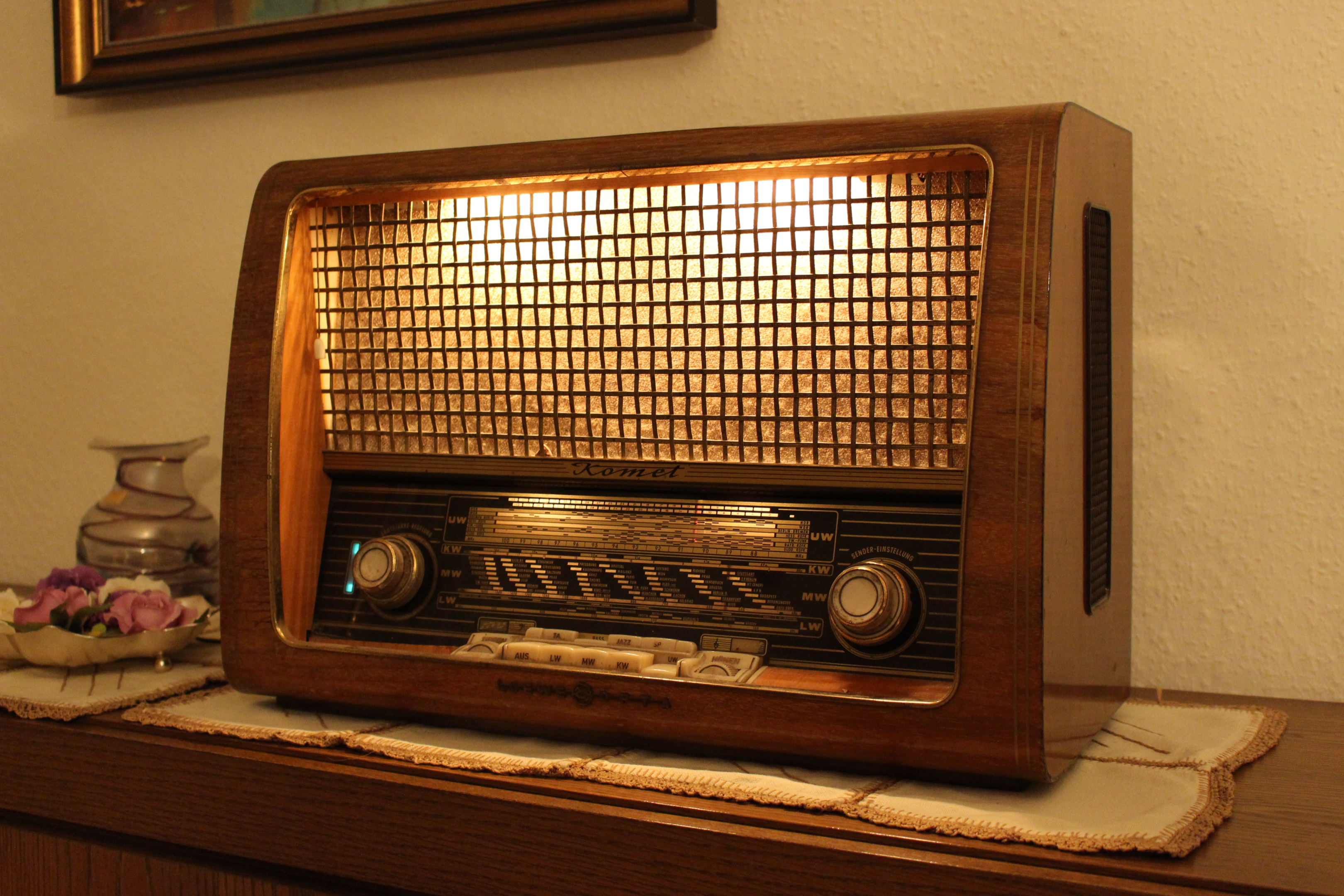
Antique Radio Collecting: Unearthing Designs the Past
While the original radio cabinet design was rather uninteresting – a plain piece of wooden furniture or a plastic box – later radios had unique and glamorous designs that are prized by radio collectors today. Antique and vintage radios come in a plethora of shapes, sizes, colors, and materials.
Follow along as we explore the evolution of radio design through the years, from the crude designs of the late 1800s to the sleek digital radios that are available today.
Early Radios (Late 1800s – Early 1990s)
These radios did not have a standardized design, and often featured exposed parts. They often had wooden cabinets and appeared very utilitarian.
Art Deco Era (1920s – 1930s)
Radios became more widespread in their use, and the design elements took on the art deco style of the time. Radios had sleek lines, geometric shapes, and were made of fine materials.
Post-War Era (1940s – 1950s)
Radios became even more widespread after World War II. Portable radios became available, and designs were very functional, with plastic casings and simple controls.
Modern Era (1960s to 1990s)
Transistor radios were introduced in the 1960s, and for the next few decades, radio design mimicked contemporary design trends of their respective decades.
Digital Era (Late 1990s – 2000s)
During this time period, radio went digital! The dials were replaced with digital displays, and radios typically incorporated CD players or cassette decks.
Contemporary Radios (2010s – Present)
Modern radios maintain their digital technology, and popular designs include touchscreens and super compact radios.
Retro and Vintage Revival
As there is an increased interest in vintage designs, many radio manufacturers are creating radios that mimic the designs of the past yet still have modern technology. These classic designs are popular with collectors!
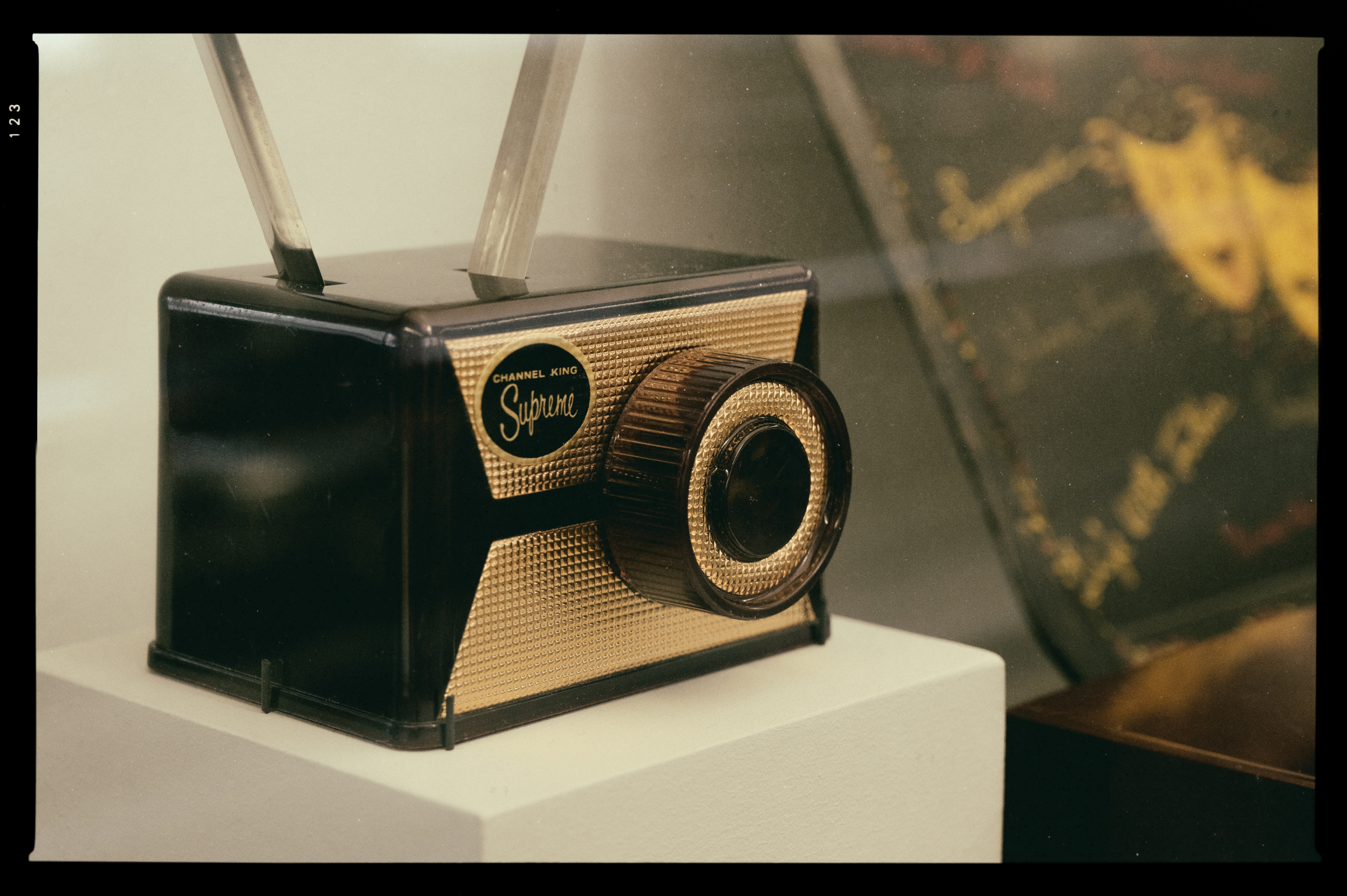
Rediscovering Entertainment History through Antique Radio Programs
There is a time period in history known as the “Golden Age of Radio”, or the old-time radio (OTR) era. This is a time period (1920s – 1950s) where radio was the main source of electronic home entertainment in the United States. Although in the grand scheme of things it was a very short period of time, this period nonetheless had a huge impact on the entertainment industry.
In 1947, 82% of Americans listened to the radio, and they had some incredible shows to tune into. Families would gather around their radio, eagerly listening to each new chapter of their chosen show. There were radio plays, soap operas, quiz shows, talents shows, variety hours, sports, situation comedies, cooking shows, shows for children, and much more!
In the 1950s, television became more popular than radio, and sadly these unique radio programs became a part of history. However, they had an indelible mark on history, and they influenced the television entertainment that we are familiar with today.
An antique radio brings with it a wealth of memories for the older generation, and there are many collectors that have taken an interest in antique radios, preserving and restoring them so that generations to come can understand the experience.
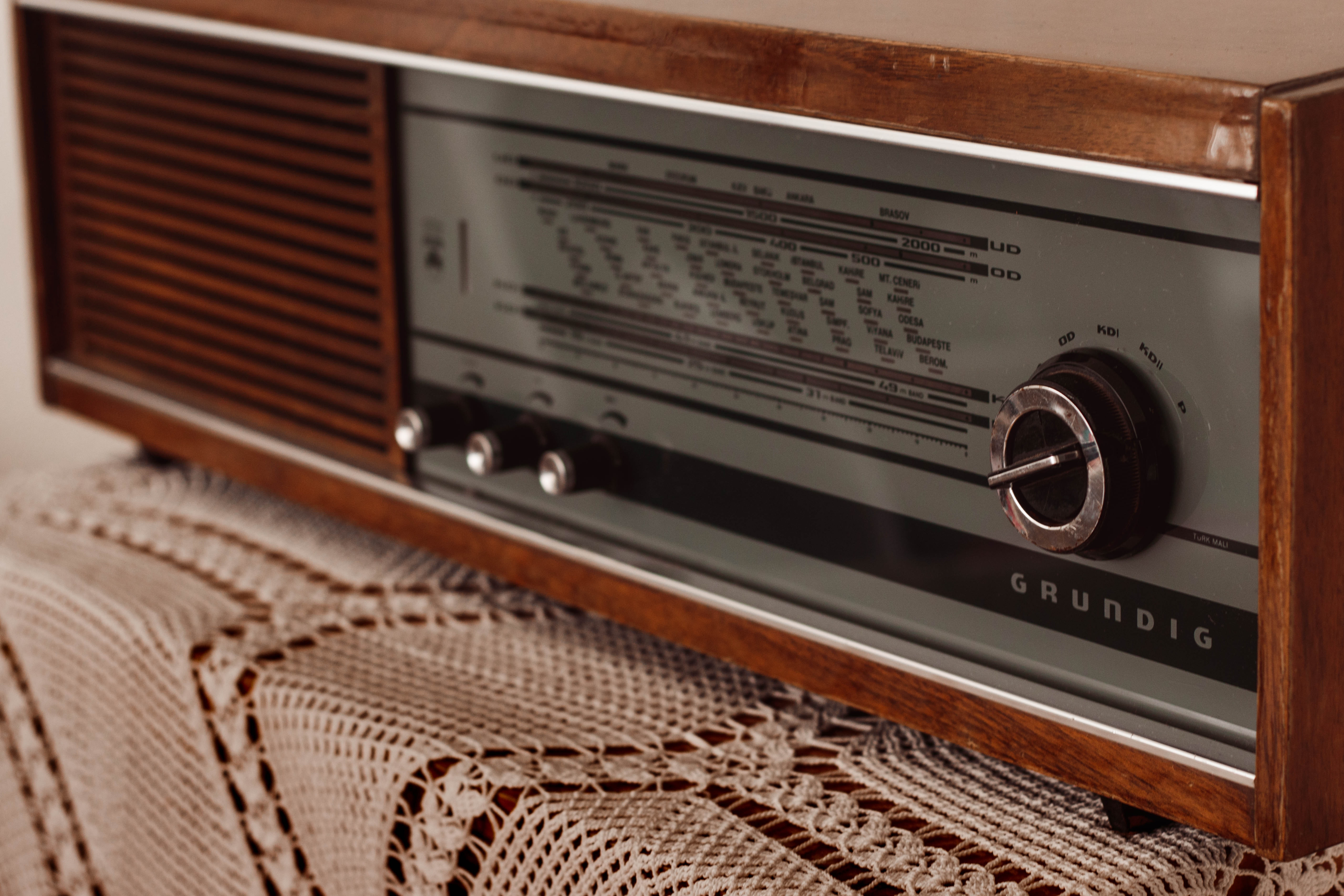
Antique Radio Shows: A Variety of Genres
During the golden age of radio production, there were many that were quite popular with audiences across the United States. Here are some of the most well-known genres that we broadcast in this medium:
Comedy
These comedy programs started out like vaudeville shows, and many of these early comedians learned the art of comedy in vaudeville. Many well-loved radio programs were comedies.
Situation comedy
The situation comedy is comedy in a narrative form, with different stories being told about the same recurring group of characters.
Variety shows
Variety shows combined comedy and music, with a singing host and a guest star every week. Often, comedy sketches would be broadcast among other features.
Anthology shows
These shows featured story lines and casts of characters that changed from week to week. These shows featured the talents of Orson Welles and Norman Corwin.
Police and detective dramas
These shows depicted actual crime stories. The first police drama was Calling All Cars, which was written and directed by William N. Robson.
Westerns
Set in the wild west, this genre included shows such as Death Valley Days, The Lone Ranger, and The Tom Mix Ralston Straight Shooters.
Horror and suspense
This genre of entertainment worked well on radio as the more gruesome scenes were merely suggested rather than seen on screen. This includes shows such as The Witch’s Tale and Lights Out.
Science fiction
Science fiction shows such as Buck Rogers in the 25th Century, Flash Gordon, and Dimension X were introduced as popular shows for young people, but as the years went on, more mature shows emerged.
Soap operas
Did you know that soap operas got their name from detergent companies? This genre featured 15-minute serial dramas that aired on weekdays. The storylines were open-ended, and while one issue may find it’s resolution, a new curveball would follow.
Children’s programming
Popular children’s shows included The Adventures of Helen and Mary, Let’s Pretend, and Uncle Wip.
Sports
In 1921, a boxing match was the first sporting event to be live broadcast on the radio. This was followed by baseball, football, and tennis. Today, sports radio is still popular with listeners.
News
Last but not least, new broadcasts were popular on the radio, with the first broadcast being in 1920. Today, many people still listen to the news in this format.
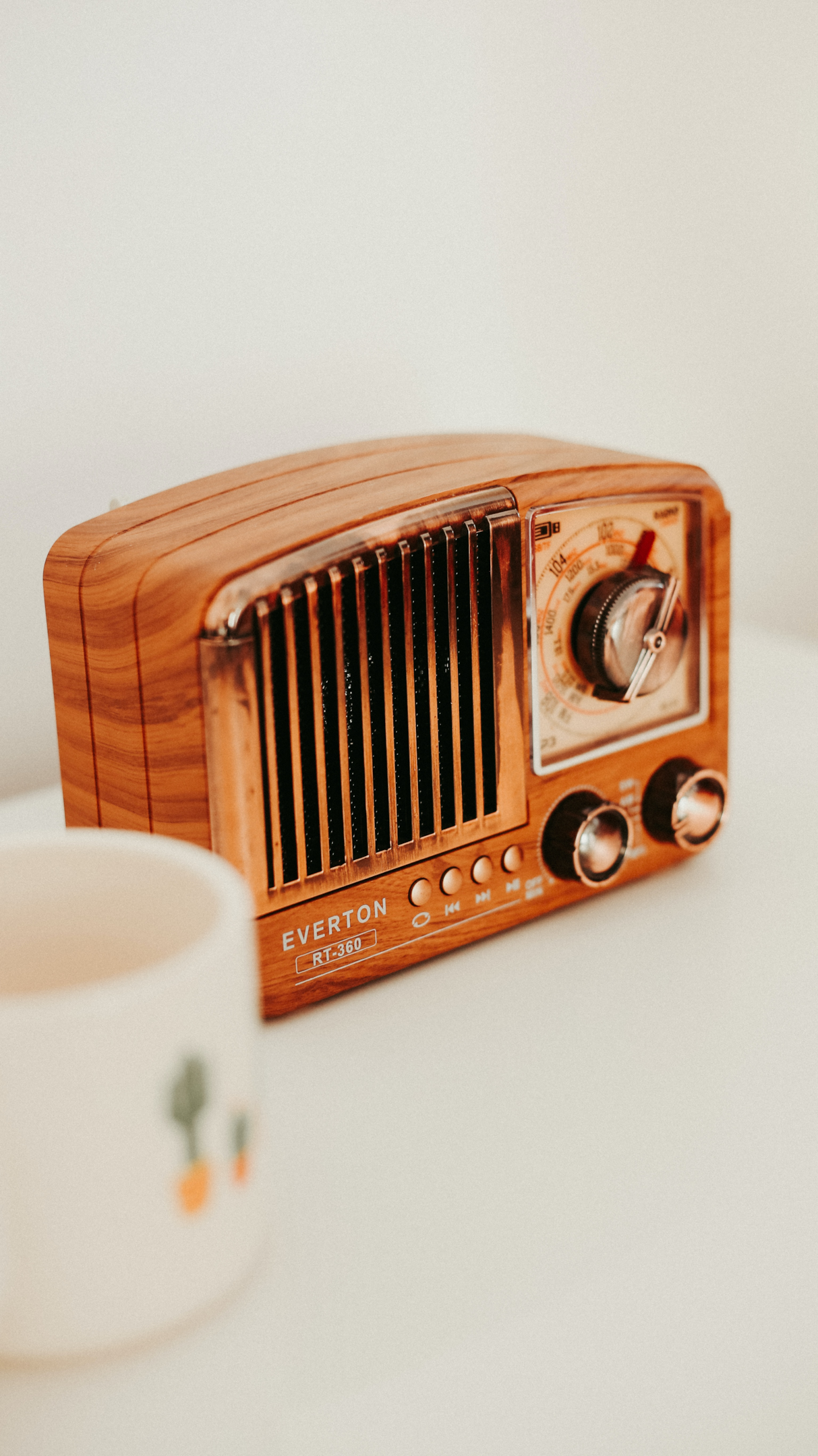
From Classic Radio Shows to Timeless Collectibles
During the era of radio entertainment, there have been many popular shows on radio stations that ended up shaping entertainment history. Radio production has even had a lingering influence on tv programming. Here are some of the most popular radio shows from different time periods:
“The War of the Worlds” (1983)
This adaptation of an H.G. Wells’ novel incited quite the reaction when it was first broadcast. Panicked listener thought this was a real new outlet reporting an alien invasion.
“The Lone Ranger” (1933-1954)
This was a western radio series that followed the Lone Ranger and his trusty Native American friend, Tonto.
“The Jack Benny Program” (1932-1955)
Jack was a well-loved comedian whose variety show brought joy and humor to audiences everywhere.
“Fibber McGee and Molly” (1935-1959)
This comedy show featured the antics of a married couple and their friends. This show featured a famous sound effect of a cluttered closet.
“Suspense” (1942-1962)
This suspenseful radio program rendered tales of mystery, crime, and supernatural occurrences.
“The Mercury Theatre on the Air” (1938)
This series was produced by Orson Welles and his Mercury Theatre group, which included adaptations of classic literature.
“The Shadow” (1937-1954)
Lamont Cranston, aka The Shadow, fought crime with his power of hypnosis in this mystery thriller.
“The Great Gildersleeve” (1941-1957)
This sitcom featured main character Throckmorton P. Gildersleeve, a character that was well-loved and popular on American radio.
“Dragnet” (1949-1957)
This police drama portrayed law enforcement and police work in a very realistic way, and was created by Jack Webb.
“Gunsmoke” (1952-1961)
This long-running radio Western eventually made it onto the silver screen.
“The Adventures of Superman” (1940-1951)
This show brought the character of Superman onto the radio, and is considered a classic in the franchise.
“The Jack Armstrong, the All-American Boy” (193301951)
This was an adventure show that followed the lead character as he traversed the globe solving mysteries.
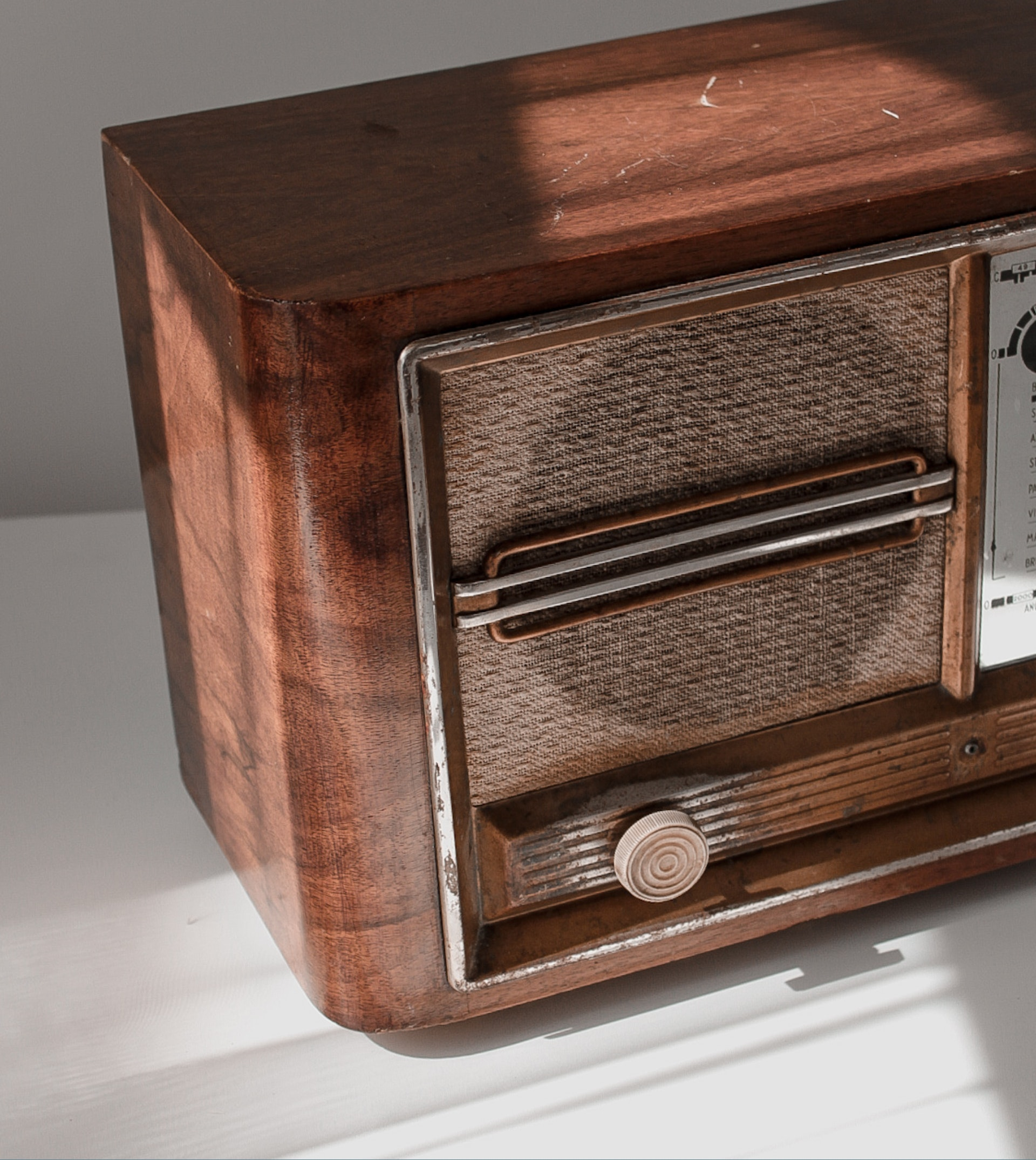
Reviving Nostalgia: The Art of Antique Radio Restoration
As antique radios have become an exciting collectible item, restoring them to working condition while preserving the integrity of the original design has practically become an art work. Here are some important steps in the process of radio restoration:
Get the schematic: A schematic is a diagram of an antique radio which explains all of the parts and how they are connected. Having this item will help you in the process of fixing the radio.
Start by cleaning the parts: You’ll want to carefully and properly clean the chassis, the tubes, and the controls and switches.
Test out the tubes: Clean and test the tubes one at a time to determine which, if any, are faulty.
Test other components: Test other parts to see which need replacing, and then order any new parts that are needed.
Restoring an antique radio is a time-consuming and challenging task. If you’re an amateur, you can find detailed radio repair instructions here. If you aren’t sure what you are doing, you may want to invest in professional restoration.
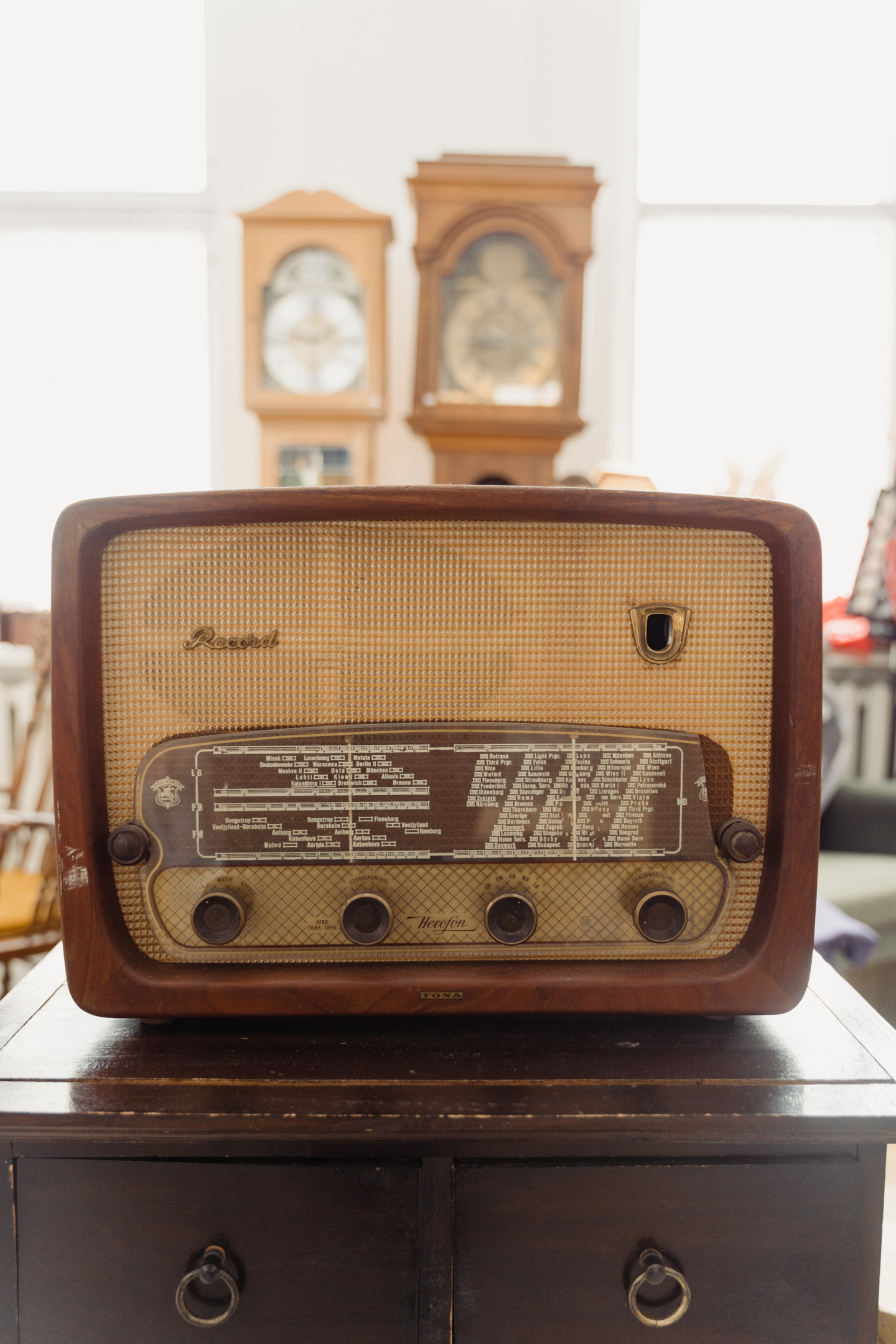
FAQ:
Why should I consider antique radio collecting as a hobby?
Radios come in a variety of shapes, sizes, and colors, and many of them have a cool retro classic look. Restored radios that are in working order are a cool collectible, as they serve the purpose of allowing you to listen to the radio while providing a unique, retro look.
What are some key factors to consider when restoring antique radios?
If you aren’t an expert at restoration, we recommend you have yours professionally restored. Search online to find a pro that lives near you.
Sources
https://antiqueradio.org/FirstStepsInRestoration.htm
https://www.britannica.com/topic/radio/The-Golden-Age-of-American-radio
About Collectibles Insurance Services
Collectibles Insurance Services has been protecting collections since 1966 and all coverage is provided by a carrier with a group rating of “A” (Excellent) by AM Best, the leading rating agency for the insurance industry.
Comprehensive coverage includes, but is not limited to: accidental breakage, burglary, fire, flood, loss in the mail, theft, natural disasters, and other causes of loss unless specifically excluded from the policy. Deductibles start at $0 for collector policies and we provide coverage for the market value of your collection for losses in excess of $50.
Additionally the protection extends At home and away, and we don't require collection itemization and serial number nor extensive paperwork and red tape.
